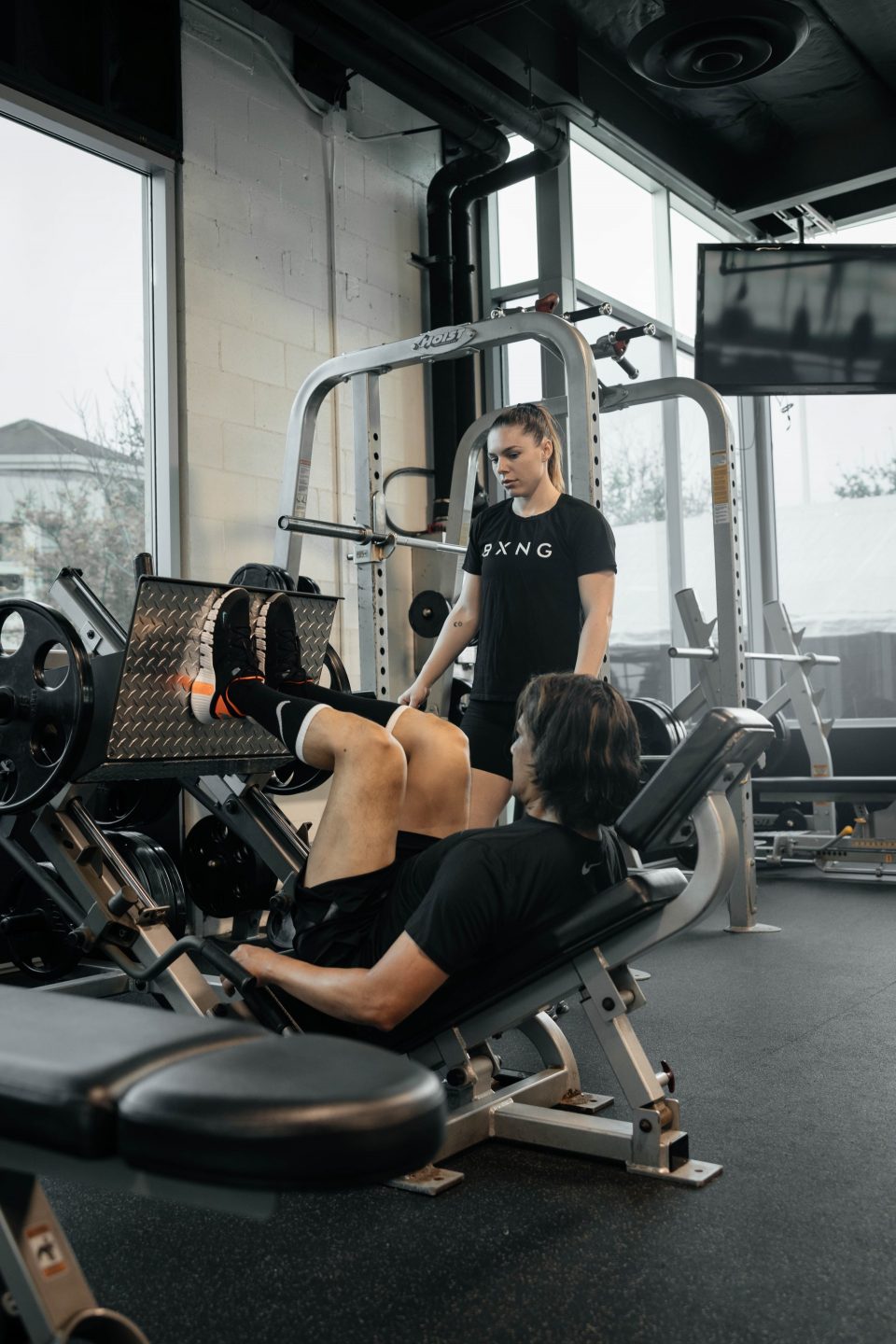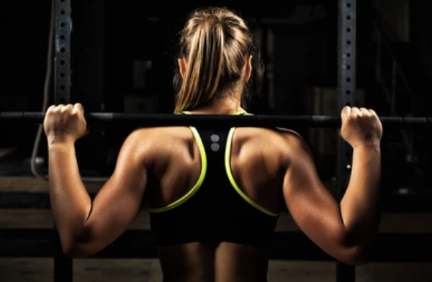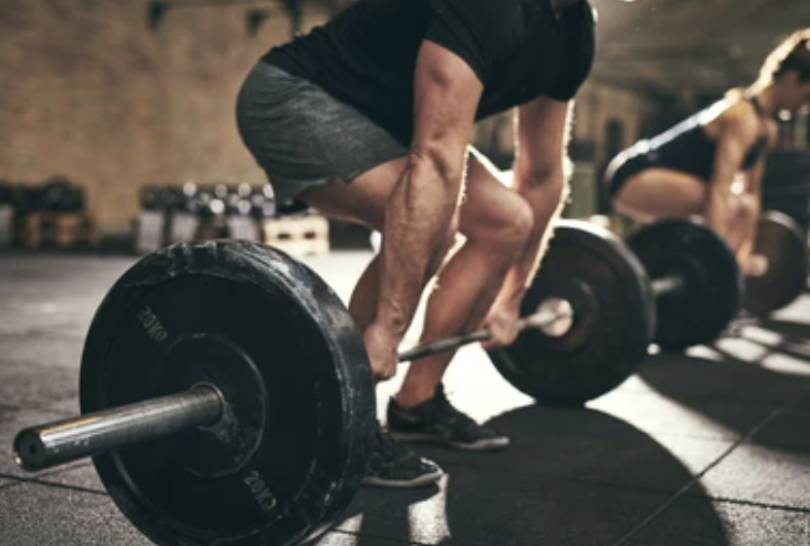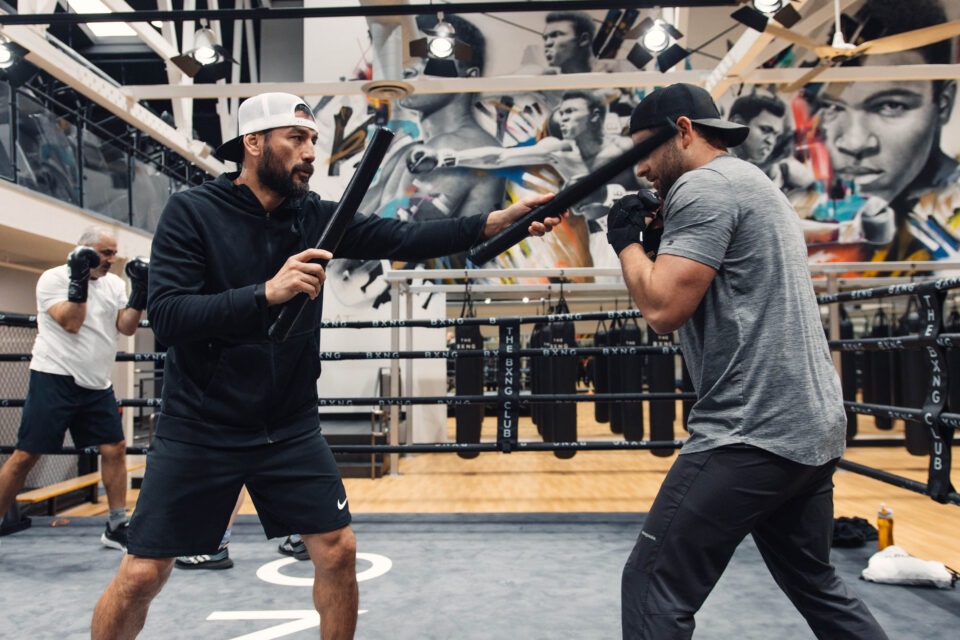A workout consists of exercises, various sets of said exercises, and YOU. It is invaluable to construct a muscle-building workout with purpose, strong intention, and utilizing all tools at your disposal. It is also important to remember that muscle-building requires a significant amount of time and dedication. There are various reasons to include the best muscle-building exercises with strength & weight training that can be aesthetic, health-related & for mental health.
Gaining muscle, also known as muscular hypertrophy, is all about causing small microscopic tears in the muscle fibers. No need to be scared by that statement! The body then repairs the tissue and they continue to get bigger, bigger, and bigger. There is a science to building strength and muscle. Like everything else, remember that each individual will respond differently to building muscle, and routines will be most successful based on adaptability.
There are a few factors to consider when designing a workout based on strength and building muscle: frequency, volume, weight and progress overload.
Now – what does all of that mean? Let’s break it down.
Frequency
It’s all dependent on your goals and what muscles you’re trying to build. Most scientific studies will show that muscles need to be worked on (torn and repaired) 2-3 times per week. It can sometimes be tempting to go full force and think that a 7-day-a-week split is good for you. Rest days are crucial and don’t forget it.
Volume
Volume basically means the number of exercises, sets & reps you do. The standard volume for building muscle or impacting your body composition is 3-4 sets at 8-12 reps, depending on the movement. Note that this doesn’t mean you need to do two arm days. Your routine should incorporate working muscles throughout the week. For example: a back and bicep day.
Weight
Prioritize form, make sure the last couple of reps are earned (aka challenging) and that you’re listening to what your body is telling you. Leave your ego at the door, lock in the focus and get ready for results.
Progressive Overload
Learn to live it and love it. Utilizing progressive overload is one of the founding principles of building muscle. Progressive overload increases an exercise’s difficulty over time (sets, reps, weight, or combination). For example: you work on 3 sets of lateral raises at 10lbs for 12 reps each for 3 weeks. On the fourth week, you aim for 4 sets at the same weight for 12 reps – you upped the number of sets. A good rule of thumb – if you have to put in 80% effort to make 6-8 reps, you must stick there for a while before increasing. But each set is with the intention of going up at some point.
3 Main Muscle-Building Categories
Constructing a workout without a purpose isn’t fitting into a “building” type of anything. If you want to gain muscle efficiently, you will notice that there are three main categories of types of workouts. Typically – a workout split or workout will focus on one or two body parts together followed by some machine/cable exercises.
- Barbell Exercises
- Dumbbell Exercises
- Bodyweight Exercises
1. Squat
Squats are a muscle and strength training staple, working 256 muscles in the body in one movement. The squat is mainly a leg muscle builder, but really – it incorporates the entire body. A squat can be performed with a squat rack, dumbbells or pre-weighted barbells.
There are also many forms of a squat:
- Bodyweight
- Goblet
- Landmine
- Front
- Dumbbell
- Machine Hack
- Smith Machine
For a barbell back squat setup:
- Set up for the exercise by setting the barbell to just below shoulder height & loading the appropriate weight
- Stand under the bar and find the nestling spot with feet shoulder-width apart
- Position the bar so that it is resting on muscles vs. on the back of the neck
- Bring hands over the back and grip bar with a wide grip
- Bend knees and straighten back to prepare deloading
- Eyes up, back straight and push back up through the legs
- Take a small step back and stabilize
- DO NOT LOCK YOUR KNEES OUT
2. Deadlift
Deadlifts are another game-changer and, yes, another muscle-building staple. A deadlift is a compound exercise that works the lower & upper body. The movement is pretty much right in its name: lifting up dead weight from the ground. It includes a hip-hinge movement, similar to what you would do to pick up a toddler from the floor or water underneath a grocery cart.
After learning the proper form, you can try deadlifts with dumbbells, kettlebells, or barbells. Proper form the ultimate mission with deadlifts as it is very easy to receive an injury.
- Stand behind the barbell with feet shoulder-width apart
- Sit hips back, bend knees slightly and lean torso forward (make sure to keep a tight core and flat back)
- Grab the bar with hands shoulder-width apart
- Push feet into the floor and stand up tall
- Bring hips forward and squeeze everything at the top (abs, glutes, etc)
- Reverse the movement by bending your knees & pushing your bottom back to lower the weight to the floor
3. Rows
Barbell and dumbbell rows are supreme upper-back exercises. Known as being one of the best muscle-building back exercises, rows are used to build & strengthen mainly the upper back but also engage the lower back, core and arms. There are also many variations.
- Assume a standing position while holding the bar
- Hinge forward and think of the torso being roughly parallel to the floor
- Begin to drive elbows behind the body and think of squeezing shoulder blades the entire time
- Pull the bar towards the belly button and use the touch as a guiding point to return to the starting position
4. Dips
Think of an upper body squat, and then you have what is widely known as a dip. A dip is a good test of strength and a great way to continuously build upon strength. A dip works the shoulders, chest and triceps. Dips are also more effective than other tricep exercises.
- Take hold of the parallel dip bars (typically shoulder width apart)
- Jump from the floor and adjust your placement on the bars
- Keep your body straight and slowly lower yourself down with eyes facing forward
- Lower until the elbow is the same height as the shoulder
- Raise your body back up without fully locking your arms at the end of the movement
5. Pull Up
Pull-ups are the ultimate bodyweight killer and are known for being a true test of strength for your back. The pull-up is a closed-chain movement that mainly uses the body’s own weight for resistance. Grab a bar overhead with arms a little more than shoulder-width apart and begin to pull the body up. Keep lats engaged, neck straight & forward.
Develop A Workout Regimen to Build Muscle at The BXNG Club
Challenge yourself and experience the elite muscle-building experience with The BXNG Club. With intentional programming, highly skilled coaches, and supreme facility, the only other piece missing to building muscle is YOU. Start your journey with a complimentary personal training session.





